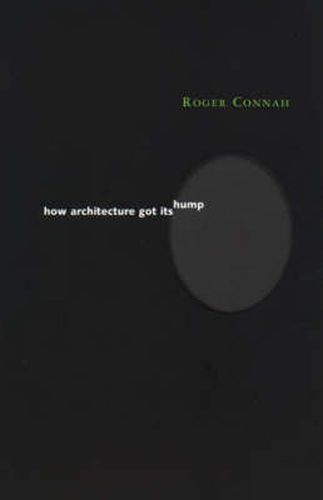Readings Newsletter
Become a Readings Member to make your shopping experience even easier.
Sign in or sign up for free!
You’re not far away from qualifying for FREE standard shipping within Australia
You’ve qualified for FREE standard shipping within Australia
The cart is loading…






In this text, Roger Connah explores the interference of other disciplines with and within contemporary architecture. He asks whether photography, film, drawing, philosophy, and language are merely fashionable props for architectural hallucinations or alibis for revisions of history. Or, are they a means for widening the site of architecture? Connah shows how these disciplines have not only contributed to new developments in architectural theory and practice, but have begun to insinuate new possibilities of space. Sometimes seamless, sometimes awkward like the hump acquired by the camel in one of Rudyard Kipling’s Just So Stories, these disciplines have had their own responsibilities and excesses grafted onto architecture, just as architecture has tried to shake off their limitations. Taking interference a step further, Connah also considers the implications of philosophical incongruity and architectural unrest. He asks how architecture loses its head, transcends the dead language it now entraps, and houses meanings it wants to contest. Hardly bleak questions, suggests Connah, for they point to ways for architecture to rescue itself.
$9.00 standard shipping within Australia
FREE standard shipping within Australia for orders over $100.00
Express & International shipping calculated at checkout
In this text, Roger Connah explores the interference of other disciplines with and within contemporary architecture. He asks whether photography, film, drawing, philosophy, and language are merely fashionable props for architectural hallucinations or alibis for revisions of history. Or, are they a means for widening the site of architecture? Connah shows how these disciplines have not only contributed to new developments in architectural theory and practice, but have begun to insinuate new possibilities of space. Sometimes seamless, sometimes awkward like the hump acquired by the camel in one of Rudyard Kipling’s Just So Stories, these disciplines have had their own responsibilities and excesses grafted onto architecture, just as architecture has tried to shake off their limitations. Taking interference a step further, Connah also considers the implications of philosophical incongruity and architectural unrest. He asks how architecture loses its head, transcends the dead language it now entraps, and houses meanings it wants to contest. Hardly bleak questions, suggests Connah, for they point to ways for architecture to rescue itself.